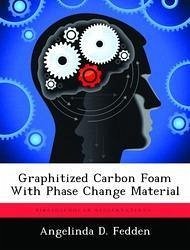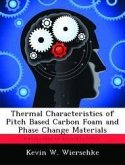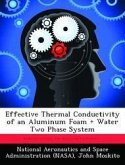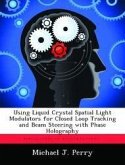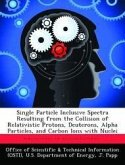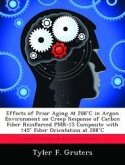The transient heating and cooling responses of graphitized carbon foam infiltrated with phase change material (PCM) are studied, including thermal cycling, analytical modeling, contact resistance, and the temperature gradient through the infiltrated foam. Infiltrating carbon foam with PCM creates an effective thermal energy storage device (TESD). The high thermal conductivity of the graphite ligaments in the foam allows rapid transfer of heat throughout the PCM volume. The PCM, chosen for its high heat capacity and high heat of fusion, stores the heat for later removal. The PCM is able to absorb a significant amount of heat without a significant increase in temperature during phase change. Three different types of carbon foam were selected for this study, and a fully-refined paraffin wax was chosen for the PCM. Experimental samples of foam and PCM were heated on a temperature-controlled heater block from room temperature through phase change and to steady-state. Heat was then removed using a liquid-cooled cooling block. A data acquisition unit recorded temperatures throughout the experimental sample, the heater, and cooler every four seconds. The heating and cooling responses were modeled using an exponential function. The results show a decrease in the temperature rate of change during melting and solidifying of the PCM. Multiple cycles of heating and cooling the sample produced consistent responses.
Hinweis: Dieser Artikel kann nur an eine deutsche Lieferadresse ausgeliefert werden.
Hinweis: Dieser Artikel kann nur an eine deutsche Lieferadresse ausgeliefert werden.

